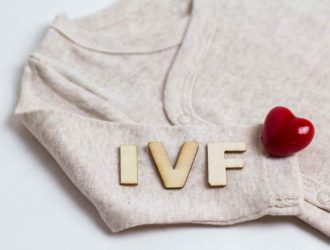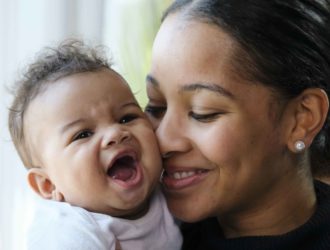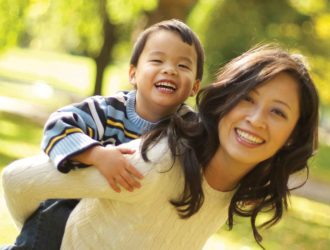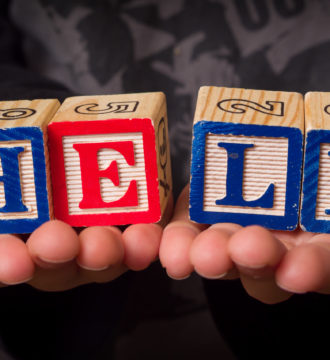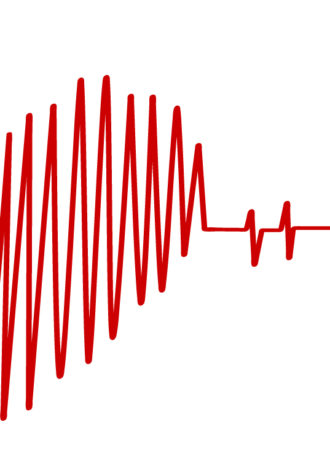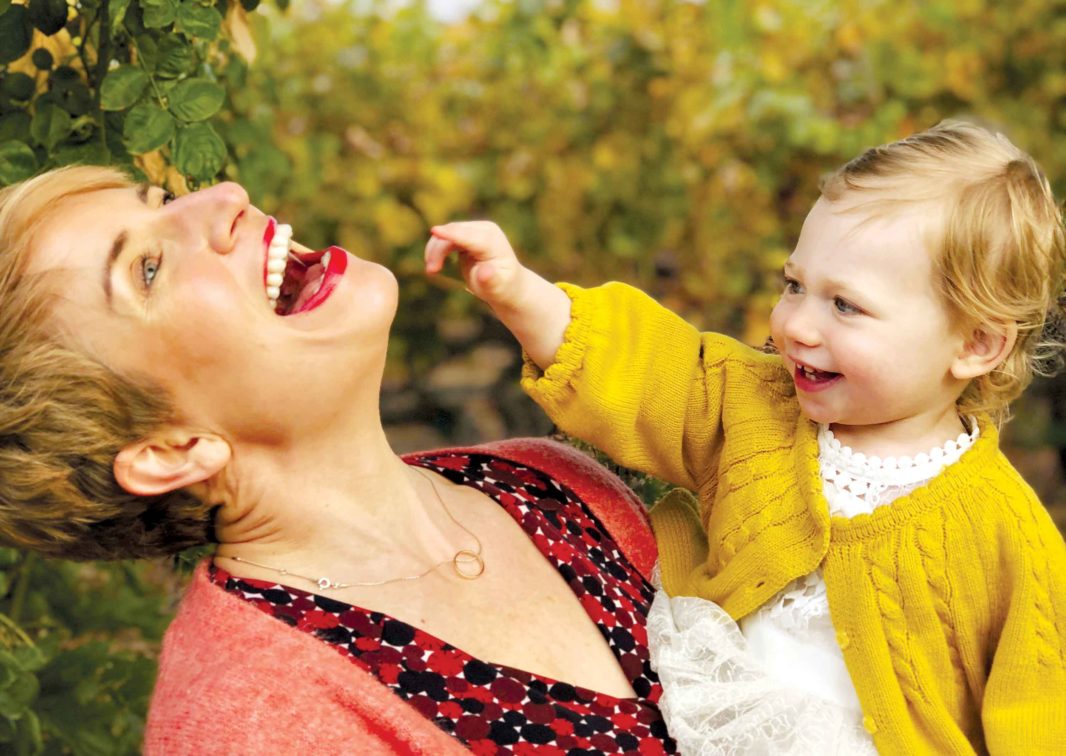
COURTESY MELANIE
Melanie and her daughter, Poppy
Melanie, 42, always assumed she would have kids. After a couple of miscarriages, though, she began to have doubts. At first, she said, the doctors were not concerned. Miscarriages are actually fairly common. According to the Mayo Clinic, about 10 to 20 percent of pregnancies end in miscarriages, and especially within the first trimester.
But, Melanie was concerned.
The worst part was the aftermath of a miscarriage. “My body would not recognize them [miscarriages]” she explained. “To add insult to injury, I still felt pregnant.” She had to undergo dilation and curettage (D&C) to remove the tissue left behind.
A blood test called follicle-stimulating hormone test, or FSH, found the problem. The FSH hormone is responsible for the growth of ovarian follicles, which produce estrogen and progesterone in the ovaries. Low levels of FHS can indicate that a woman is not producing viable eggs, thereby hindering fertility.
“My chance of carrying a baby to term is slim,” she said. She possibly could, however, through the assistance of IVF, or fertilization of the egg outside of the body. At the age of 39, Melanie started the process.
Every day, she injected herself with medications to induce egg development. Egg retrieval, however, did not go as desired. Melanie produced fewer than 15 eggs, the preferable count, according to research published in Human Reproduction. IVF was terminated at that point.
Melanie had two options: adopt a child, or use a donor egg. She chose the latter.
“Full genetic would have been better, but the scales are tipped,” she explained. “I just wanted a healthy baby.” She chose the more expensive route, which actually has a money back guarantee. In these programs, couples pay a flat fee — $30,000 for example — for a certain number of cycles of IVF or donor eggs. If it does not result in a baby, their money is returned.
The couple chose a donor and wrote a check. It worked on the first try. On July 30, 2017, their daughter Poppy arrived.
It’s possible, even, that Poppy may one day have a brother or sister. Melanie received seven eggs from the donor, six of which were successfully fertilized. One did not survive, but the remaining five are frozen for potential future use.
Melanie reflects on her decision to use a donor egg, and is satisfied that she made the right call. “The donation was one cell,” she explained. “I did the rest. The rest was all me.”



 2 min read
2 min read